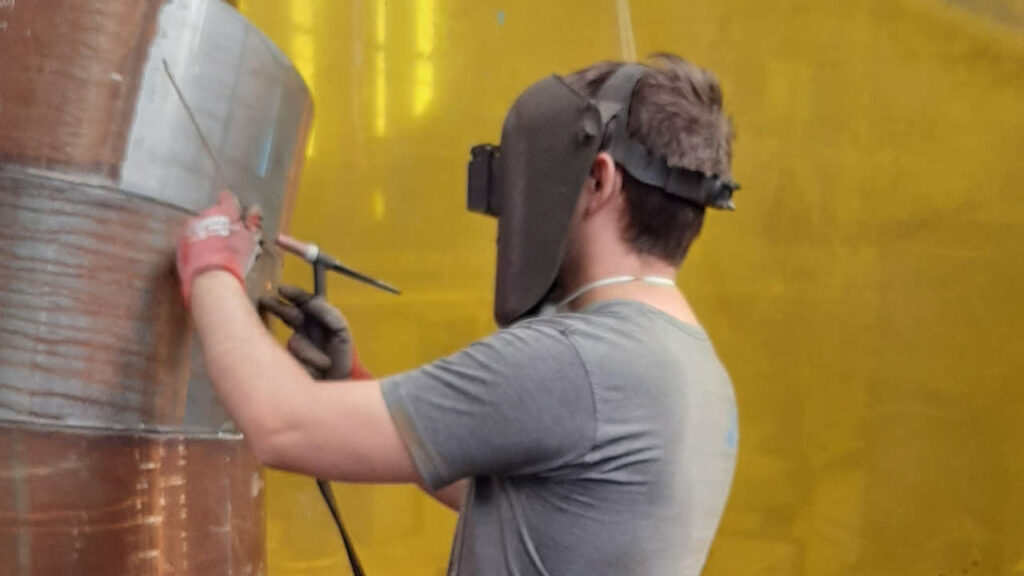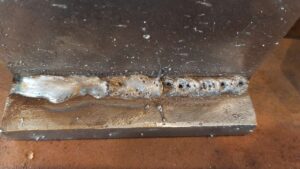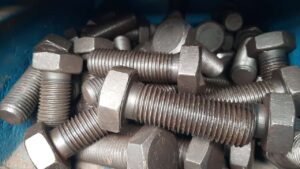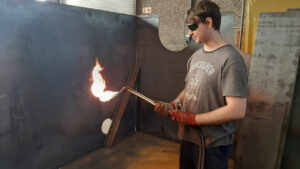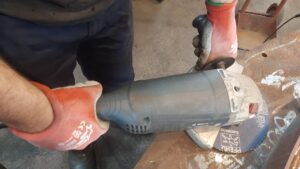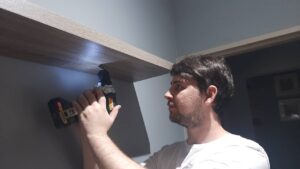What you will need to start welding is simple. You will need a welding machine, the correct PPE, the consumables and equipment for the chosen welding, and some additional tools.
In this post I cover all those topics mentioned in the paragraph above. If you are serious about welding then I recommend reading this post to make a more informed decision when getting the type of welding you want to do and everything in between.
Choose the best type of welding for you
When you start out you will most likely need to choose the best welding type for you. There are four main types of welding to pick from, they are MIG, TIG, stick/SMAW, and flux-core.
Best welding type for a beginner
I would highly recommend MIG welding for beginners or flux-core because of how easy it is to learn and use. There are more benefits that you can check out in the linked post, but the ease of use and that you can basically weld almost all thickness of metal with it and not struggle.
MIG welding is the main type of welding you will find in all professions and is the preferred type of welding by most professionals. MIG is also the lowest paying welding type due to how easy it is anyone can do it.
If you are looking to become a welder or do it as a side hustle I would highly recommend starting with MIG till you get good at it and then move onto TIG welding. TIG welding is the highest paying welding type due to the difficulty of it.
What type of metal you are going to weld
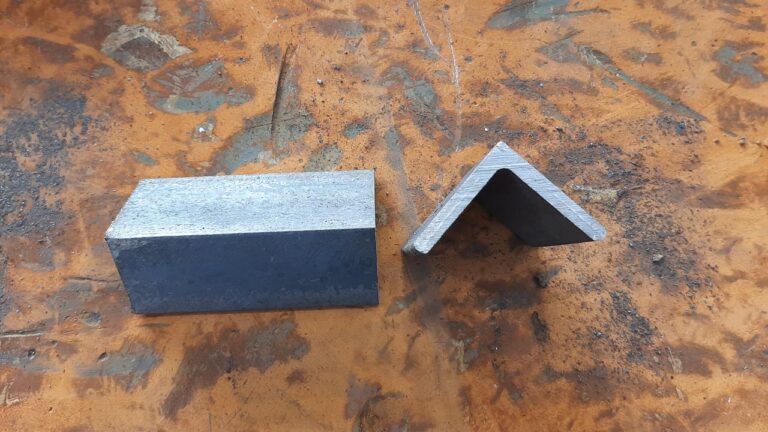
MIG welder is the best for welding carbon steel. You can use it to weld other materials like stainless steel or aluminum, but you will have to buy additional equipment or a different wire for the material you are going to weld.
Stainless steel wire tends to be a lot more expensive than your normal carbon steel wire. This is normal in for all welding types but you are limited to buying a whole roll whereas in the other types you can just buy a smaller pack of wire or filler metal.
How much welding you are going to do
When looking at what are you going to do. If you are only going to do some home improvement projects or build a lot of the same items made from carbon steel. You will differently use MIG or flux core welding hands down.
If you are going to weld other metals like aluminum/stainless steel or you are trying to achieve beautiful welds on thin small items like car parts you will definitely go for TIG welding.
If you aren’t sure then you most likely are going to use carbon steel. Carbon steel is what we mainly talk about when we say “metal” this is because it is the most commonly used metal type in everything from furniture to heavy industry.
Budget
What are you willing to spend on a welding machine depends greatly on what are you going to do with it. If you are going to weld a lot then it is best you spend the few extra bucks on a quality machine like a Miller or ESAB.
If you’re only getting into the hobby of welding then it will be better to get a cheaper machine so you can teach yourself how to weld properly this goes for all the types of welding out there.
choosing the welding type
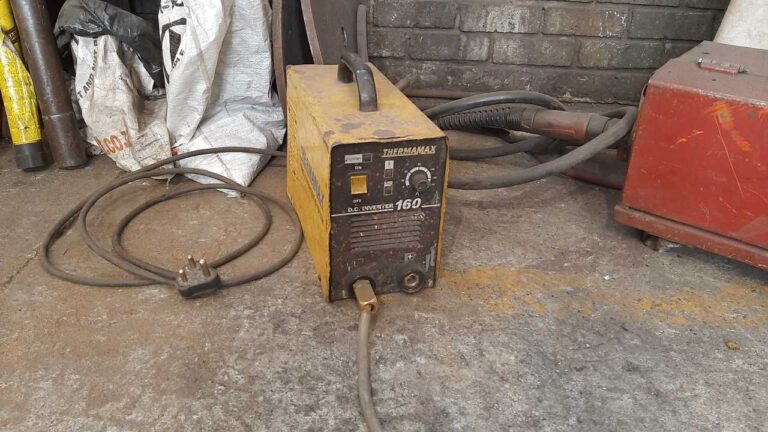
Taking all that we discussed at the top you will have to make a decision. It can be overwhelming but I am here to help you make a more informed decision.
As mentioned multiple times if you are a beginner and looking to work mainly with carbon steel to do small projects you must go for MIG or flux core welding because they are the most simple and easiest welding types. MIG just being slightly easier than flux-core but they both use the same machine.
If you are looking to take your time and make the process of welding your hobby and not just building stuff. I would recommend going for TIG welding. This is by far if done right, the best-looking welding. It just takes a lot of time and practice to get very good at it. A good or even someone average at TIG welding can make good money so it can double up as a side hustle eventually.
The last option is stick welding or SMAW(shielded metal arc welding) if you are on a tighter budget, not that interested in welding, or just not going to weld a lot. Then going for stick welding will be your best option. It is harder to weld than MIG but is easier to weld than TIG. Just try avoiding welding any metal thinner than 3mm with stick welding because you will have a very hard time welding it.
The correct PPE
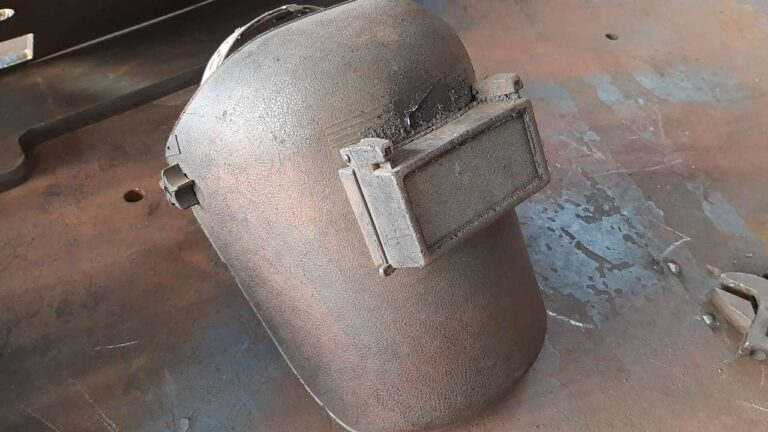
- Welding helmet
- Overalls
- Welding gloves
- Neck protection
- Head protection
- Leather apron
- Safety shoes
Correct consumables and equipment for the desired welding type
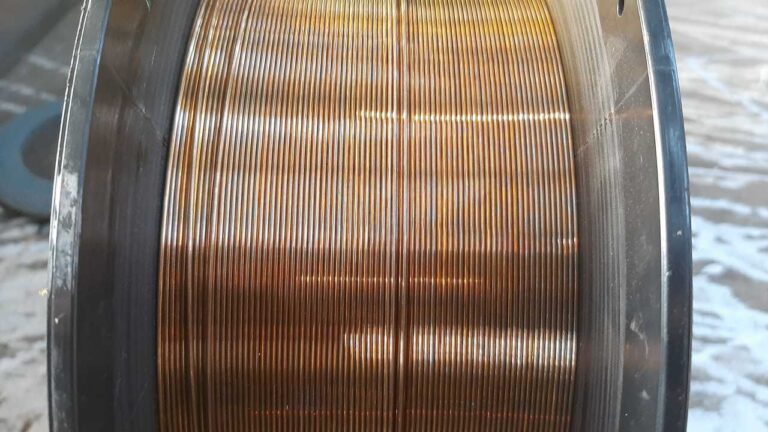
All the welding types achieve the same goal of joining metal together and the similar process of creating an arc to melt them together, but they have different methods and consumables to achieve this desired result. Each type of welding has flux and an electrode but they come in different shapes and forms.
Equipment for each type of welding differs a bit. For example, for the welding that uses a gas, you will need a gas regulator, and for those that don’t, you won’t need a regulator. The only real thing that is similar for all welding is that you will need some sort of earth clamp and the appropriate welding torch/electrode holder. You usually get what you need when you buy the machines only real extra you might need to buy is consumables and PPE.
MIG(Metal Inert Gas)
MIG welding has a wire electrode that is fed through a welding gun or welding spool. It also uses an inert gas this can be any inert gas but is mainly CO2 or a mixture of gases. The type of gas can change the arc color and some properties of the weld. For example, using argon gas with MIG welding can change the color to a lighter blue and give greater penetration into the base metal.
What consumables you will need for MIG
- Inert gas (CO2 or mixture)
- Welding wire (Electrode)
- Anti-spatter
What equipment you will need for MIG
- MIG welding torch
- Shroud
- Defuser(ceramic)
- Liner
- Contact tip
- Contact tip holder
- Gas regular
- Pipes for gas
- Gas cylinder
- Earth clamp and wires
TIG(Tungsten Inert Gas)
TIG welding also uses an inert gas but argon is the most common gas used. The electrode on TIG welding consists of a tungsten rod that is sharpened at the end. This electrode is only used to create the arc and an additional filler metal is applied if needed.
Tungsten inert gas works similarly to brazing where you feed a filler metal rod into the weld pool with another hand. This is what makes it harder to do and slower than other weld types where the electrode also acts as the filler metal.
In TIG welding the polarities are also swapped around. Your welding torch should be connected to the negative and the earth should be connected to the positive.
What consumables you will need for TIG
- Inert gas (Argon)
- Tungsten rods (Electrode)
- Filler wire
What equipment you will need for TIG
- TIG welding torch
- Ceramic shroud
- Tungsten holder
- Defuser
- Gas regulator
- Pipes for gas
- Gas cylinder
- Earth clamp and wire
Stick(MMA/SMAW)
Stick also known as MMA(manual metal arc) is the most basic form of welding it has no gas that has to be connected. It instead has a hard flux coating around the electrode that can easily be chipped off. When you weld the flux around the electrode melts and vaporizes to form a protective shield around the weld.
These electrodes with flux covering them are usually referred to as welding rods and have to be regularly interchanged when they get too short while you are welding.
What consumables you will need for stick welding
- Welding rods
What equipment you will need for stick welding
- Electrode holder
- Cables
- Earth clamp
Flux-core
Flux-core is very similar to MIG welding except for two things. It doesn’t require any sort of gas and the polarities are swapped around. As the name states the flux is in the core of the wire so it has a similar result as stick welding where there’s a layer of flux that forms other the weld.
What consumables you will need for flux-core
- Flux-core wire (electrode and flux)
- Anti-spatter
What equipment you will need for flux-core
- MIG welding torch
- Earth clamp and cables
Other essential tools
Other than the welding machine itself you will need a few additional tools to achieve the optimal and best-looking welds possible. Some tools you will also need to adjust and do some quick fixes to your machine.
Angle grinder
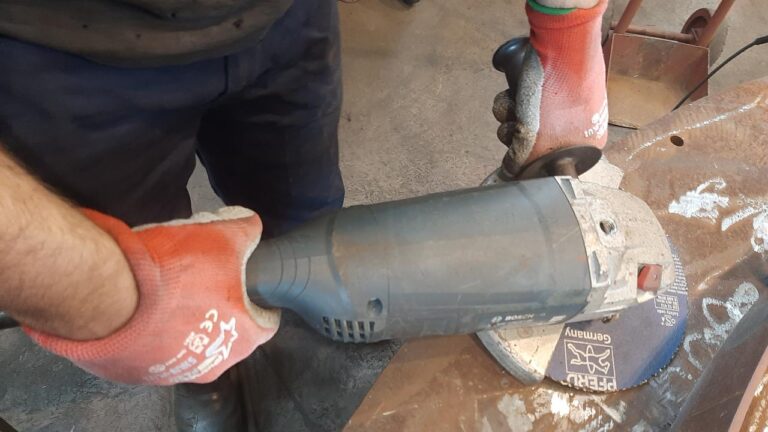
An angle grinder is mainly used to prep your work by cleaning off any sort of elements on the metal before you weld. It can also be used to grind out welds that aren’t up to standard, remove flux or spatter, or grind down excessive bulges in the weld.
That being said a good welder will only need an angle grinder for prepping and cleaning a weld. As you get better at welding you will find yourself needing a grinder less and less.
An angle grinder is also used to cut and grind different metal profiles and is very useful if you aren’t just looking to weld and also looking to build your own project.
Cutting torch
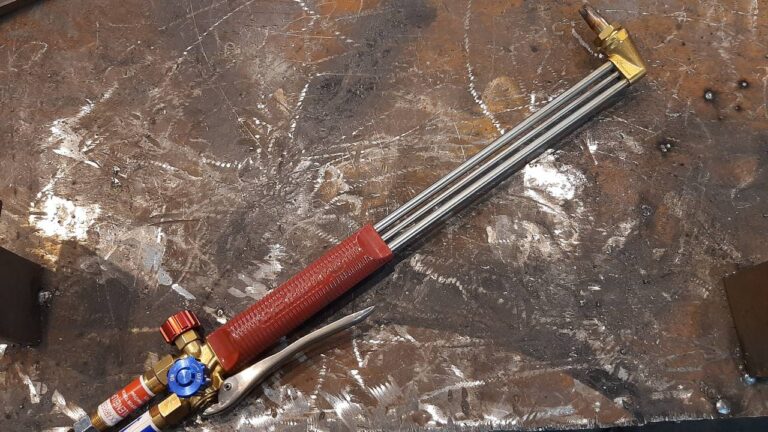
An oxy-fuel cutting torch isn’t used in the welding process, but on some occasions, it can be used to pre-heat the metal before welding. It can also be used correct welding distortion if done right else you might distort your metal even more.
The main use of a cutting torch is to cut carbon steel it is a great alternative to an angle grinder, but takes a bit more skill and knowledge to operate. A cutting torch can also be used to heat up metal to create bends for handles or for different shapes.
Marking Chalk/French chalk
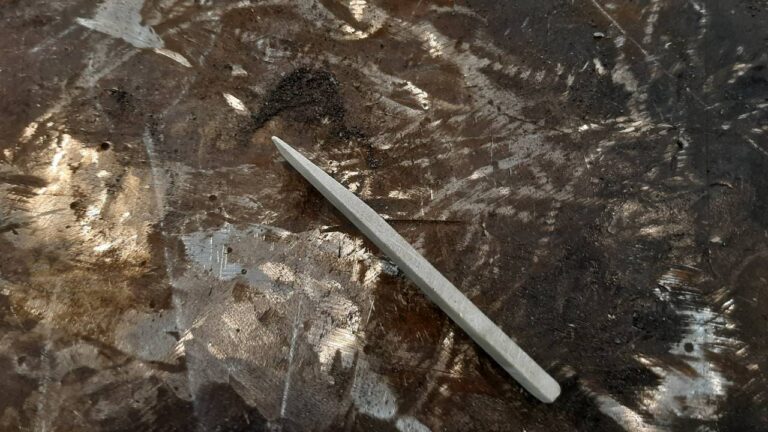
Chalk does exactly what you think it will do. It is used to mark out metal for cutting, drilling, or any other general-purpose uses. I would recommend chalk over something like a scriber or blue marking paint. Just because it is easier to use makes clear marks and it is a lot quicker to mark with chalk.
Just remember to always keep your chalk sharp. You can do this by rubbing it against a piece of sanding paper. There’s also a bunch of tools you will need for metalwork that I did a comprehensive post on that you can go and check out for additional information on the topic.
Pliers
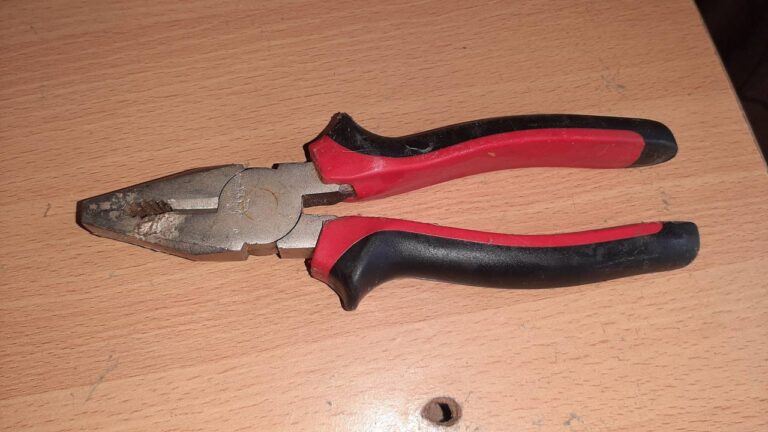
Pliers you will mainly use when changing out your wire or if you run into any common problems with your welding machine especially MIG welding. A set of normal short nose pliers will be sufficient because it has the ability to grip, turn, and can clip pieces of welding wire where needed.
Adjustable wrench
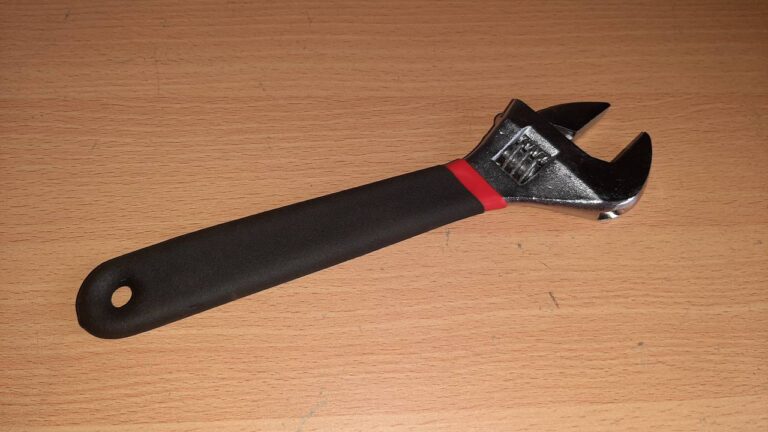
Dissimilar to pliers an adjustable wrench will often be used to remove things and not just for quick fixes. When changing out your inert gas you will need an adjustable wrench to loosen and tighten your regulator, this is the most common use of it.
You can also use a small pipe wrench to exchange your gas cylinder, but this can result in damage to the regulator’s nut because it is made from brass which is a very soft metal. Another use for the adjustable wrench is to change the polarities or to loosen and tighten other bolts you might need to adjust.
Other tools like an allen/hex key you might need will most likely be given to you when you get your machine. All machines are different so it won’t be possible for me to know exactly what the machine you get will need when working on the machine itself, but I know for sure you will need an adjustable wrench to exchange gases.
A sturdy workbench
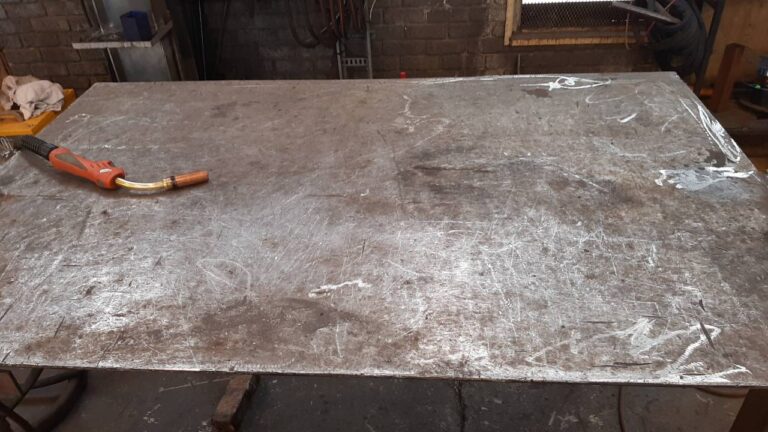
When you work on your computer you usually work at a desk or some sort of table and if you ever had to sit by a flimsy small desk you will know the frustration of trying to work there. Now welding isn’t very different from that concept if you don’t have a proper place to work you will have a hard time.
Store-bought workbenches
I see there are a few welding workbenches available on amazon that you can buy, but in my opinion, they look very flimsy and small especially if you are looking to take welding seriously. That is why I would recommend you build your own workbench and it can be a fun first welding project for you to do.
Trestles
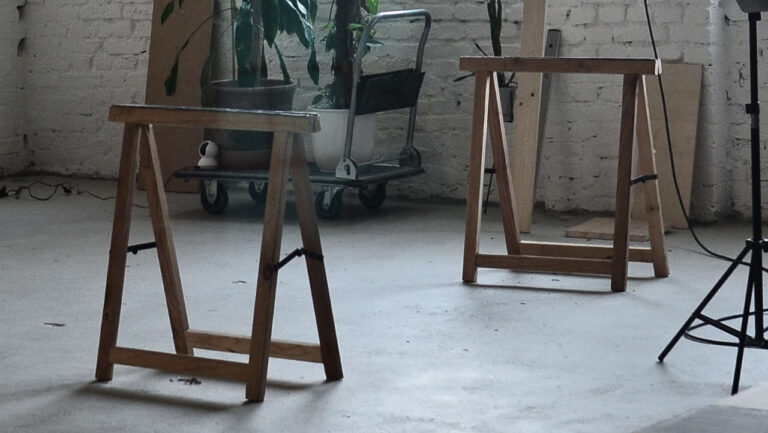
Another option you can look at is buying or making two trestles with a sheet of metal, no less than 5mm, that you place on top of them. This is also a great option because you can easily store them after use and you can also use the trestles on their own. Just something you have to be careful of is that trestles with a sheet of metal aren’t that sturdy so be sure to take extra care when placing pressure on top of it.
Conclusion
After you got all that you need the next step is to start practicing and do a ton of it. It won’t be easy at first but don’t be discouraged and continue to try your best and improve. It did a post on what you can do to be a better welder you can follow the link above “fun first welding projects”. There I go over some things you can attempt to do that may help you be a better welder. Just remember if you don’t get it right the first time just try again.
I will also advise you to watch a few youtube videos to help you get a visual idea of how to use the welding machine you went with.

